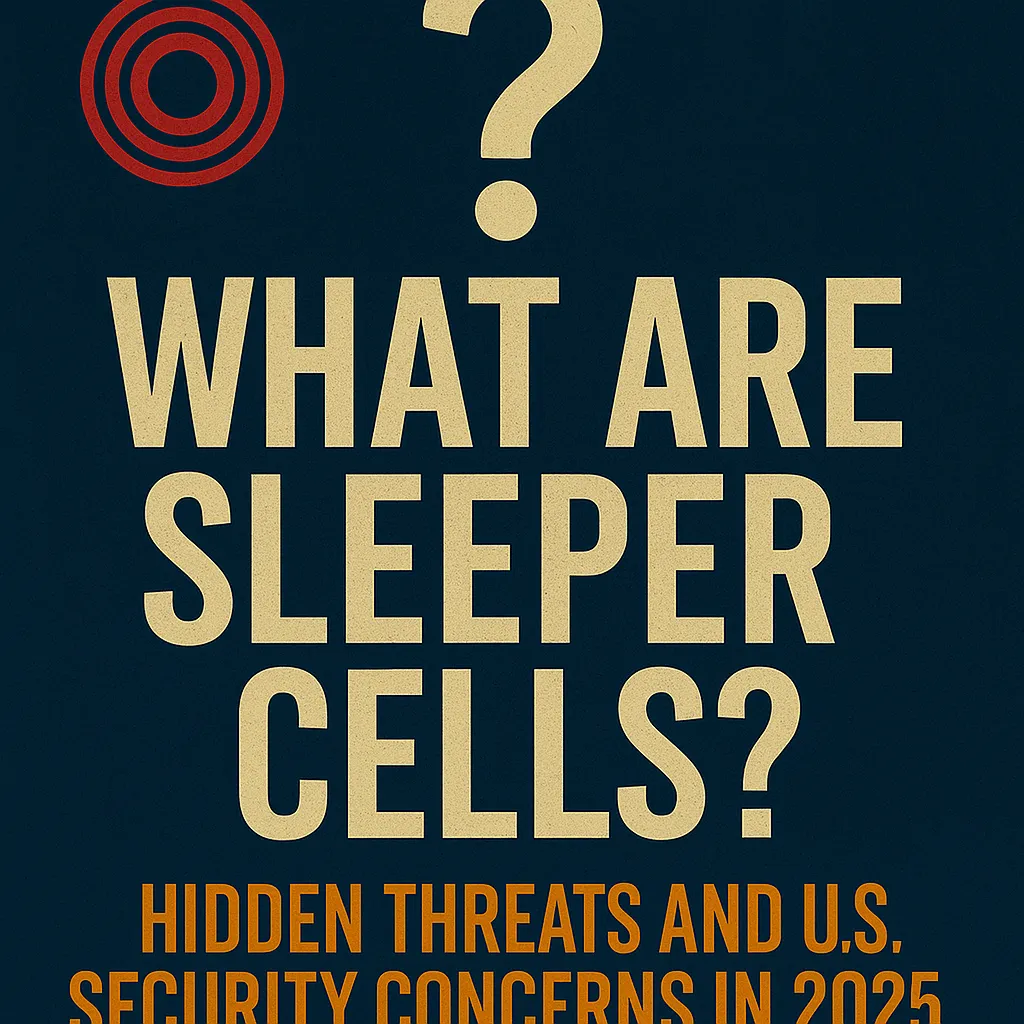What Are Sleeper Cells? Hidden Threats and U.S. Security Concerns in 2025
What Are Sleeper Cells?
Sleeper cells refer to covert operatives or groups embedded within a community, appearing dormant until activated for a specific mission—often political, military, or ideological in nature. These individuals typically live normal lives, blending into the population while awaiting orders.
📍 How Do Sleeper Cells Operate?
Sleeper agents can remain inactive for years, building relationships, gaining access to strategic positions, and avoiding detection. Once activated, they may carry out cyberattacks, sabotage, espionage, or even terrorism. This stealth makes them particularly challenging for intelligence services to detect.
🧠 Why Are Sleeper Cells a Concern in 2025?
According to NBC News and reports from The Hill, recent cyber intrusions and intelligence briefings have reignited fears of sleeper cell activity on U.S. soil. The growing geopolitical instability in the Middle East and Eastern Europe may incentivize adversarial nations to activate such operatives.
⚖️ Government Response
Federal agencies have ramped up surveillance, including digital monitoring, biometric screenings, and intelligence-sharing across departments. However, civil rights advocates caution against profiling and the risk of targeting innocent individuals.
🌐 Global Implications
The concept of sleeper cells isn’t unique to the U.S.—many countries have faced similar threats. Experts urge increased global cooperation to track recruitment methods and neutralize risks before activation occurs.
“Sleeper cells may be invisible—but they are not undetectable,” said a senior Homeland Security official in a recent classified briefing.
As digital warfare and ideological conflicts grow, understanding and preparing for hidden threats remains a critical component of national security.

